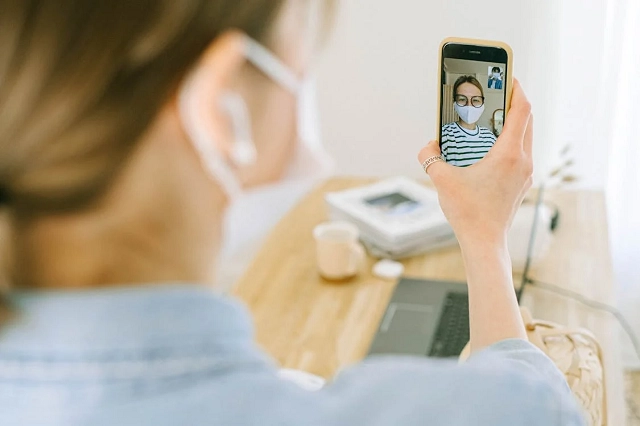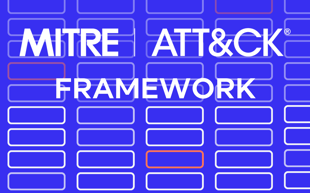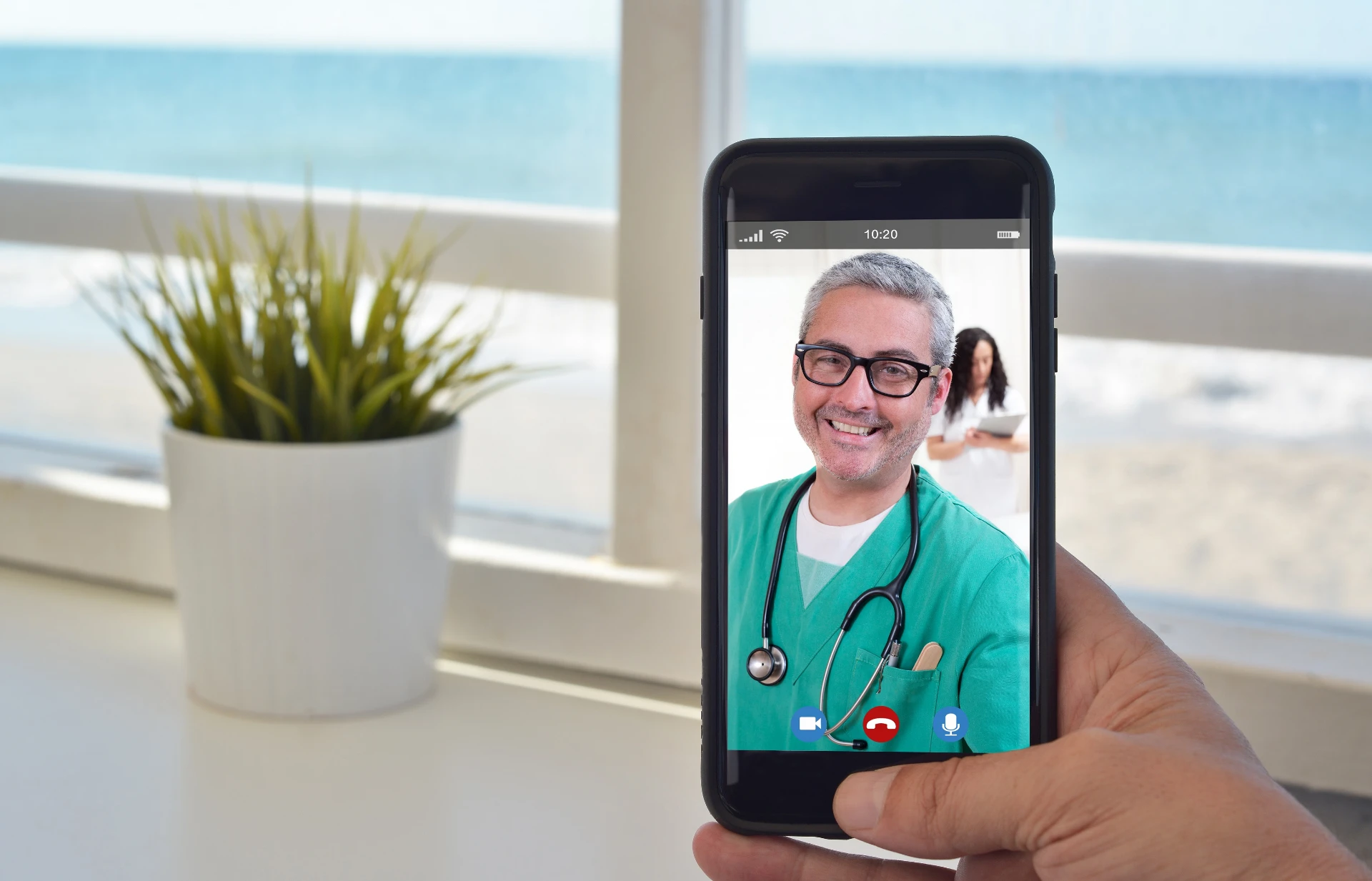Next named exclusive Trail Blazer in NEW 2024 Radicati DLP Market Quadrant Report
Read the Report
Zoom is one of the most popular video conferencing solutions in the world, drawing 647.6 million users in December 2023 alone. It became the go-to teleconferencing solution during the pandemic, positioning the company to dominate the video conferencing space.
More patients are familiar with Zoom than with many other communication technologies, which makes it a promising option for healthcare providers who are interested in telehealth.
But is Zoom secure? And is Zoom HIPAA compliant? Consult this guide to learn the ins and outs of Zoom’s HIPAA compliance and what to look for in any HIPAA-compliant telehealth platform.
In this article:
 |
Zoom for Healthcare is a specialized version of the popular Zoom video conferencing software, tailored specifically for use in healthcare settings. It's designed to help healthcare professionals consult with their patients, collaborate with other healthcare providers, and hold team meetings, all while complying with the privacy and security requirements stipulated by health regulations such as the Health Insurance Portability and Accountability Act (HIPAA) in the United States.
Zoom for Healthcare offers features such as screen sharing and group messaging, facilitating collaboration among healthcare teams or between specialists for patient care planning and discussion. Zoom Rooms, for example, allows providers to bring entire care teams into a patient consultation.
Zoom for Healthcare also enables phone conversations with availability on any device, improving accessibility for patients. It also integrates with electronic health records (EHR) systems and other healthcare management tools to streamline workflows and improve patient care coordination.
 |
Yes, Zoom is HIPAA compliant, and the platform goes to great lengths to offer Zoom for Healthcare to covered entities. It will even sign a business associate agreement (BAA) that holds the platform liable for administrative, technical, and physical safeguards for any protected health information (PHI) in the Zoom environment.
Zoom has incorporated the necessary security controls to meet the strict requirements of HIPAA. However, it is important for users to be aware of their responsibilities in terms of patient privacy and only share PHI with authorized individuals. The covered entity is responsible for ensuring that Zoom is configured properly, used correctly and that HIPAA rules are always followed.
To ensure compliance with HIPAA regulations, organizations need to sign up for a Zoom for Healthcare account and enter into a BAA with the company. The BAA serves as a confirmation that Zoom understands its responsibilities regarding the privacy and security of protected health information (PHI).
Here are just a few ways Zoom complies with HIPAA requirements.
HIPAA requires providers to protect patient data at all times, whether at rest or in transit. Zoom uses 256-bit AES-GCM encryption at all times to protect patient data.
It also protects data and service layers with multilayer integration protections, including controls for meeting data. All keystrokes and screen shares are encrypted, giving providers ultimate peace of mind.
Zoom also has a SOC 2 certification. HIPAA doesn’t necessarily require this, but it’s yet another vote of confidence for Zoom’s security and encryption capabilities.
“Zoom-bombing” incidents in 2020 prompted Zoom to overhaul its user access controls. Today, the platform features HIPAA-compliant, multi-layered user access rules.
All accounts use verified emails and passwords, meetings are password-protected, and waiting rooms allow presenters to control who’s allowed in each meeting. Automatic meeting timeouts also help providers protect patient data and stay compliant.
Zoom’s platform uses redundant, distributed architecture. This setup makes the platform highly resilient, even in the event of an emergency.
Zoom also provides full audit controls for HIPAA audits. The platform logs all connections to simplify audit requirements and speed up mitigation if a breach occurs.
While Zoom has made its platform capable of being compliant with HIPAA, the responsibility also lies with the healthcare providers to use it in a manner that complies with HIPAA rules. Here are the key steps and considerations for ensuring HIPAA compliance when using Zoom for Healthcare:
Zoom provides a comprehensive Guide to Deploying and Using Zoom for Healthcare with detailed tips and best practices for using the platform while maintaining compliance.
 |
Zoom is incredibly popular, but it isn’t the only platform patients might be familiar with. Whether you choose to go with Zoom or another platform, follow these tips to find a compliant video conferencing platform.
Business associate agreements (BAAs) are legally binding agreements that share the burden of HIPAA liability with a third-party vendor. You’re still responsible for protecting patient data in your own systems, but BAAs shield you from liability in the event of a vendor breach or mistake.
For example, if a Zoom breach leaks your patients’ data, Zoom would be largely responsible for recovery and mitigation.
Look for solutions that offer end-to-end encryption, secure user authentication, and data protection features. Another sign of a quality provider is any platform certified by reputable third-party organizations for security and compliance standards.
HIPAA compliance requirements vary from provider to provider. The best way to know if a platform will work for your organization is to try it for yourself. Any reputable provider will offer either a demo or a free trial that allows you to see the platform in action.
This also gives you a chance to ask more specific questions about the solution's mechanisms and for any customizations that would make the platform even more valuable.
HIPAA doesn’t keep a running log of compliant vendors. As a healthcare provider, it’s your duty to partner with responsible vendors and business associates who promise to safeguard patient data.
Choosing secure vendors is a smart way to lock down your organization, but it’s just one side of the problem. Healthcare providers need a holistic approach to security at every turn.
The Reveal Platform by Next offers end-to-end safety that doesn't compromise on compliance. Prevent data loss, manage insider risks, and bring unmanaged endpoints back under your control with our automated platform.
Book your Reveal demo now to experience this next-gen approach to security and compliance.
International data compliance can have a big impact on the video conferencing platform you choose, especially if you serve patients across borders. Platforms must comply with local data protection regulations like the GDPR in the EU or PIPEDA in Canada.
It's crucial to choose a platform that can adapt to these varying legal frameworks to avoid penalties and ensure the privacy of international clients or partners.
Yes, many video conferencing platforms integrate with existing healthcare solutions, including Electronic Health Records (EHR) and patient management software.
This integration can streamline workflows, making it easier to schedule appointments, update patient records, and maintain continuity of care.
Every practice using telehealth should train staff with:

Blog

Blog

Blog

Blog

Resources

Resources

Resources

Resources

